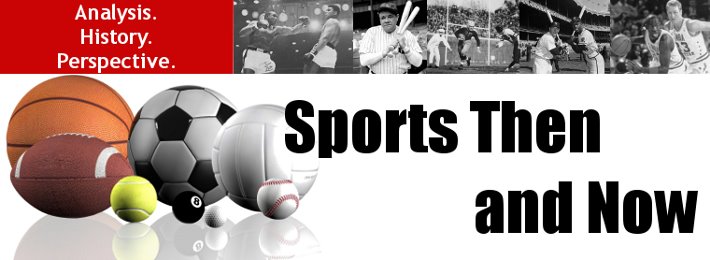
Our position-by-position look at the best eligible players not in the Pro Football Hall of Fame continues with a rundown of the best tight ends that have not earned a trip to Canton.
Choosing which tight ends deserve immortality in the Hall of Fame is a difficult challenge.
In general, you would expect the best tight ends to be exceptional receivers and powerful blockers. However, few tight ends can truly be called “great” in both areas.
Instead, most tight ends either are great blockers and adequate receivers or, as is the case more often in the last couple decades, great receivers and average blockers.
The Hal of Fame voters waited until 1988 to finally induct a tight end and it remains the least represented position with a total of seven players honored in the Hall.
The first two tight ends to enter the Hall of Fame were arguably the two that best epitomized the requisite combination of blocking and receiving prowess. Mike Ditka and John Mackey were the dominant tight ends of the 1960s as they combined for 10 Pro Bowl appearances and five first-team All-Pro honors.
The next three tight ends inducted into the Hall of Fame, Jackie Smith, Kellen Winslow and Ozzie Newsome were all recognized for their receiving prowess.
While few argued the merits of the sixth tight end inducted into the Hall of Fame, Dave Casper, there was some question of his worthiness because his tenure as a premier player in the league was relatively short.
The induction of Charlie Sanders into the HOF in 2007 caught many people off guard. Sanders had been a seven-time Pro Bowl selection and three-time All-Pro for mediocre Detroit Lions teams in the 1970s, but his career stats were considered pedestrian and he was never a Hall of Fame finalist before being chosen as a Senior Nominee and ultimately inducted in 2007.
Using statistics to validate the worthiness of a tight end for the Hall of Fame is an exercise in futility. Even tight ends from the same era can have very different levels of offensive production.
Some teams, like the Buffalo Bills and Pittsburgh Steelers of the 1970s, have used the tight end predominantly as another blocker.
In 1973, the Buffalo Bills used the seventh overall pick in the draft to select Paul Seymour, an offensive tackle out of Michigan. They then moved Seymour to tight end and over the next five years he caught only 62 passes, but was a key blocker on the unit that helped O.J. Simpson win three rushing titles between 1973 and 1977.
Other teams have used the tight end as another pass receiver who may sometimes line up in the traditional tight end spot on the line of scrimmage, but often is split out like a flanker.
Don Coryell and the San Diego Chargers forever changed the way tight ends were used when they took the long and lanky Kellen Winslow and made him their receiving tight end. Winslow caught 541 passes in nine seasons while giving Dan Fouts a third dynamic receiving option.
You will see one recurring theme in the players selected as the 10 best not in the Hall of Fame. All of them, regardless of in which era they played, caught more passes in their careers than both John Mackey and Charlie Sanders.
In fact, of the 25 tight ends chosen for this overall list, only six have fewer career receptions than Sanders (336 receptions) or Mackey (331).
As has been the case with all positions, I tried to base my selections first and foremost on how the players compared with others from the same era. How many times was he an All-Pro or Pro Bowl player, how many times was he among the top receiving tight ends in the league, how integral was he to the offensive attack for his team.
Trying to use prowess specifically as a blocker was a challenge because the actual amount of blocking done by each tight end varies greatly and is difficult to quantify.
So, here is my list of the top 10 eligible tight ends not in the Pro Football Hall of Fame. Click Here to read more and see pictures of each player in the top 10.
10. Riley Odoms – Denver Broncos – 1972-1983
9. Charle Young – Philadelphia Eagles/Los Angeles Rams/San Francisco 49ers/Seattle Seahawks – 1973-1985
8. Jay Novacek – Arizona Cardinals/Dallas Cowboys – 1985-1995
7. Steve Jordan - Minnesota Vikings – 1982-1994
6. Todd Christensen –New York Giants/Oakland-Los Angeles Raiders – 1979-1988
5. Keith Jackson – Philadelphia Eagles/Miami Dolphins/Green Bay Packers– 1988-1996
4. Pete Retzlaff – Philadelphia Eagles – 1956-1966
3. Mark Bavaro – New York Giants/Cleveland Browns/Philadelphia Eagles– 1985-1994
2. Ben Coates – New England Patriots/Baltimore Ravens – 1991-2000
1. Shannon Sharpe – Denver Broncos/Baltimore Ravens – 1990-2003













